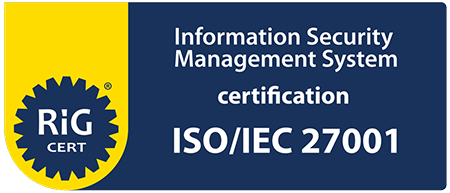For more than a year already, businesses have been operating in an unusual working environment. But, if we leave all other challenges aside, managers and team leaders are faced with the new requirements of their current and future employees.
LS-S Leadership Support has held a survey among 250 Bulgarian companies, which provides interesting information about how companies and their leaders reevaluate the new remote model of work and the remote hiring.
Based on the survey results, we suggest 3 useful tips that SME managers can use if they are looking for ways to adapt their company and organizational culture to meet the expectations and needs of their employees appeared as a result of the pandemic.
1. Be flexible and provide remote working options.
After more than a year of remote work, many business owners rethink the mandatory pre-pandemic requirement for full-time working from a physical office. Currently, many employers plan or already have provided remote work opportunities, deciding individually how widely to extend these options keeping in mind the specifics of the business. As stated by our study, 67% of the organizations intend to work remotely 2 to 4 days a week in the future. Furthermore, according to 79% of the companies, the future way of leading will be blended - a mix of live and remote work. Thus, it becomes clear that more than half of the surveyed organizations are likely to work entirely remotely or to implement a hybrid working model in the next six months.
2. Do not underestimate the danger of employee burnout.
Over the past year, the line between work and personal life has become increasingly blurred. The consequence - many employees experienced a severe "burnout" during the pandemic. 61% of the organizations we surveyed say that despite its numerous positives, the home office also has some serious adverse effects, such as the negative impact on the mental state of employees due to isolation. That is why the provident managers expand their employees' benefits to include flexible work schedules, reimburse all or part of their home office equipment costs, provide additional or updated health insurance, and many other social benefits. However, the most critical measures for adapting businesses to the new reality are related to collecting regular feedback from the employees on current issues regarding work projects and processes and their well-being, concerns, and specific needs. A slow but steady creation of feedback culture has begun among the different businesses. Here, the main credit again goes to digital tools, which have proved to be an indispensable assistant to leaders in adapting companies and employees to the "New Normal." The most popular and used are the Employee Pulse Survey, Values Indicator, Change Indicator, Talent Portfolio, and others.
3. Think on a larger scale about hiring new people.
As the share of organizations working remotely increases, it becomes even more apparent that people do not need to be tied to the office's physical location at all costs. Two-thirds of the employees in the companies we surveyed said they have the opportunity to continue working from home. It is no coincidence that small and large companies worldwide are planning to acquire more in number, but smaller in size offices, which are closer to their employees serving as convenient and accessible locations for socialization between colleagues, coworking, joint ventures, meetings, brainstormings, trainings, etc.




